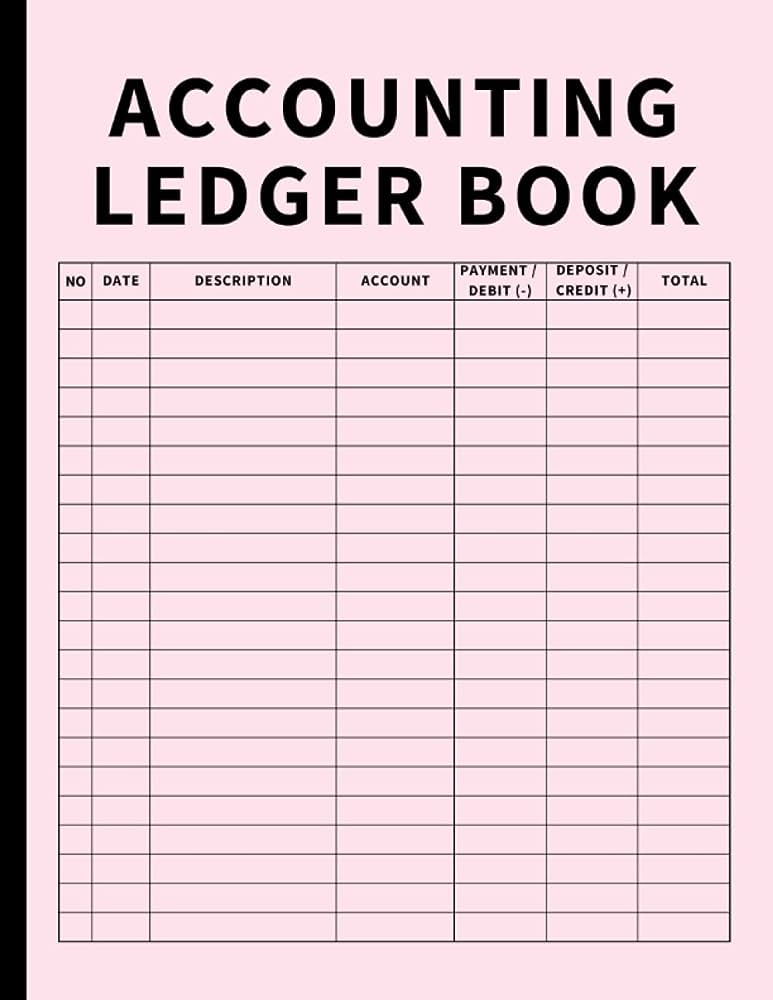The GL (General Ledger) ledger is a crucial component in preparing the balance sheet, which is one of the key financial statements used to assess the financial position of a company. The balance sheet provides a snapshot of an organization’s assets, liabilities, and shareholders’ equity at a specific point in time.
Here’s how the GL ledger is used to prepare a balance sheet:
- Asset Accounts: The GL ledger contains various asset accounts such as cash, accounts receivable, inventory, property, plant, and equipment. The balances of these asset accounts are derived from the transactional entries recorded in the GL ledger. The debit side of each asset account reflects increases, while the credit side reflects decreases. The balances of all asset accounts are totaled to determine the total assets of the company.
- Liability Accounts: Similarly, the GL ledger includes liability accounts such as accounts payable, loans payable, accrued expenses, and other liabilities. The balances of these accounts are also based on transactional entries in the GL ledger. The credit side of each liability account represents increases, while the debit side represents decreases. The balances of all liability accounts are summed up to determine the total liabilities of the company.
- Shareholders’ Equity Accounts: Shareholders’ equity accounts, including common stock, retained earnings, and additional paid-in capital, are recorded in the GL ledger. The balances of these accounts are influenced by various transactions such as capital contributions, net income, dividends, and stock repurchases. Increases in shareholders’ equity accounts are typically recorded on the credit side, while decreases are recorded on the debit side. The balances of all shareholders’ equity accounts are aggregated to determine the total shareholders’ equity of the company.
- Balance Sheet Preparation: Once the balances of asset, liability, and shareholders’ equity accounts have been determined from the GL ledger, they are organized in a specific format to prepare the balance sheet. The balance sheet typically follows the equation: Assets = Liabilities + Shareholders’ Equity. The total assets derived from the GL ledger’s asset accounts should equal the total liabilities plus shareholders’ equity derived from the corresponding accounts.
The resulting balance sheet provides a snapshot of the company’s financial position at a particular date, illustrating its assets, liabilities, and shareholders’ equity. It helps stakeholders assess the company’s solvency, liquidity, and overall financial health.
It’s important to note that the preparation of financial statements, including the balance sheet, involves additional considerations such as adjusting entries, accruals, and accounting policies. Professional accountants often perform these tasks to ensure accurate and compliant financial reporting.
Please keep in mind that this is a general explanation, and the specific process may vary depending on the accounting practices and regulations applicable to the company or jurisdiction.
